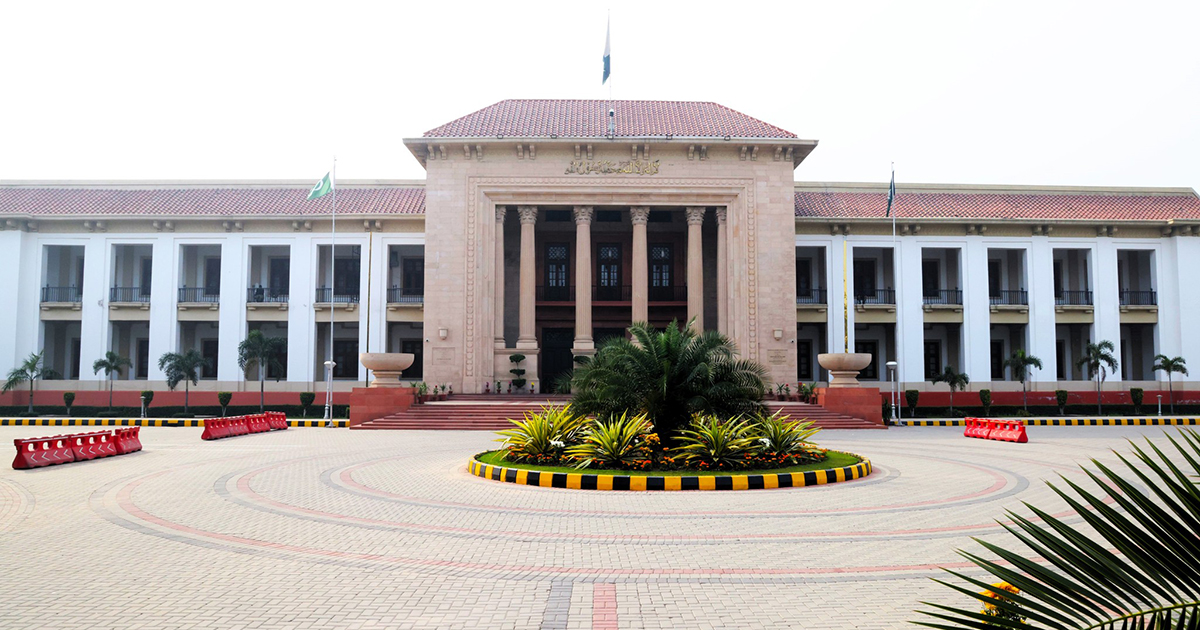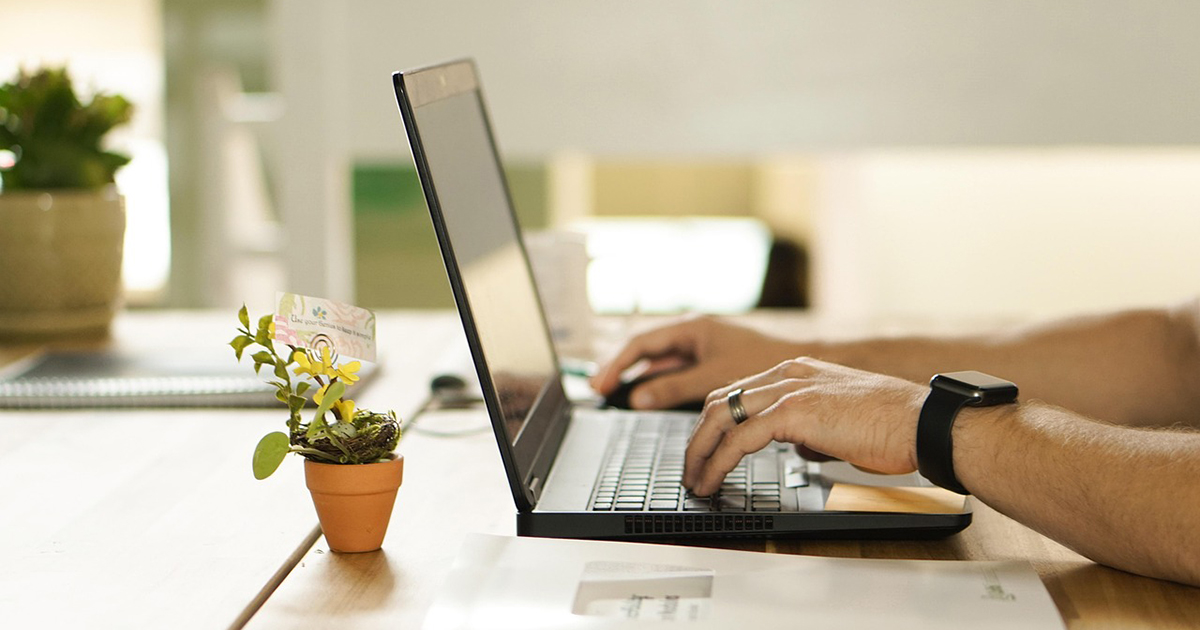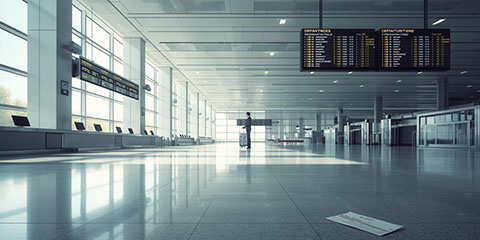IMF program: Pakistan deserves to be cut some slack
JournalismPakistan.com | Published 6 years ago | Asif Ali Qureshi, CFA
Join our WhatsApp channel
As a financial analyst by profession associated with Pakistan’s financial sector for the past 23 years and engaged in the study and analysis of the country’s economy, capital markets and key sectors, I feel compelled to share my views, albeit unsolicited, on the ongoing talks between Pakistan and IMF for another bailout package as the second IMF mission in six months arrives in Pakistan.
Under my professional and personal interests, I have closely tracked the past four IMF programs to Pakistan (2000, 2001, 2008 and 2013) and over the past two decades, I have had occasional interactions with the IMF’s resident representatives in Pakistan (except for the current one).
Pakistan has been one of the prolonged users of IMF resources for the past 30 years. However, unlike the 1990s when almost all of the IMF programs to Pakistan stalled in early stages, three out of the four IMF programs to Pakistan since 2000 were fully completed (2008 SBA being the only exception). The 2001 PRGF program did not achieve 100% disbursement as Pakistan voluntarily chose to forgo the final two tranches due to a marked improvement in the country’s balance of payments position.
With a relatively high rate of completion of the IMF programs since 2000 (75% of all programs and 82.4% in terms of loan value) and less than three years since the ‘successful completion’ of the last IMF program in 2016, one wonders why Pakistan seems left with ‘no choice’ but to seek another bailout package from the IMF.
If a patient suffers a relapse soon after remission, then it would be reasonable to question the authenticity of a clean bill of health given in the first place. Likewise, prolonged treatment for a curable disease casts doubts about the efficacy of the medication although the patient’s transgressions may also be a contributing factor. In Pakistan’s case, all of the above seem to have been at play.
Arguably, politics plays a definitive role in the IMF programs both at the lender and borrower levels. The program’s approval, design, and implementation are ostensibly influenced by the borrower country’s ‘relationship’ with the major shareholders of the IMF. On the other hand, the success of the program implementation is dependent on the political objectives of the ruling regime in the borrower country.
The IMF lending programs are structured solutions based on the policy prescriptions of the Washington Consensus. However, with globalization and technological changes, many of the well-established economic theories and ideas are being globally challenged, especially since the post-2008 global financial crisis. Moreover, economics itself is a peculiar discipline. In the words of Paul Samuelson: “Economics is not an exact science, it’s a combination of an art and elements of science. And that’s almost the first and last lesson to be learned about economics: that in my judgment, we are not converging toward exactitude, but we’re improving our data bases and our ways of reasoning about them.”
IMF programs in Pakistan have had their share of pitfalls. I vividly remember the havoc brought about by the NDA targets set by the IMF under the 2000 SBA. The overnight interest rate shot past 100% on 31 December 2000 as SBP tried to meet the near impossible quarterly NDA target. It met the goal through what the IMF described as “unorthodox steps.” The IMF later relaxed the NDA targets for the subsequent quarters but without publically acknowledging the targets it earlier set were “unrealistic,” if not impossible.
Economic forecasts are rarely accurate. As a case in point, the following table provides a comparison of IMF’s forecasts for Pakistan’s current account balance in its various country reports during the 2008 SBA and the actual numbers.
Pakistan: Current Account Balance – IMF Projections vs. Actual (USD Million)
|
|
2009 |
2010 |
2011 |
2012 |
2013 |
|
IMF Projections |
|||||
|
Dec-08 |
-10,622 |
-9,738 |
-8,520 |
-7,952 |
-7,853 |
|
Apr-09 |
-9,643 |
-7,407 |
-7,799 |
-8,356 |
-8,702 |
|
Aug-09 |
-8,551 |
-8,487 |
-9,748 |
-9,765 |
-8,946 |
|
Jan-10 |
-9,339 |
-7,472 |
-8,551 |
-8,895 |
-8,811 |
|
Jun-10 |
-9,339 |
-6,711 |
-7,693 |
-7,954 |
-7,844 |
|
Actual |
-9,261 |
-3,946 |
214 |
-4,658 |
-2,496 |
Source: IMF Country Reports, SBP
Perhaps, it is time for some introspection by the IMF about the limitations of its econometric models and the program frameworks to align them with the changing global macroeconomic dynamics and thinking and to make them more customized to the specific circumstances of each recipient country.
Based on the media reports that followed the last IMF mission six months ago, it seemed that the IMF wanted to use the ‘Egyptian Template’ for Pakistan. The three-year EFF program granted to Egypt in November 2016 saw the EGP/USD nearly double overnight. Consequently, the headline inflation surged to 33% in July 2017 prompting the Egyptian central bank to raise the policy rate to 19.25%.
Egypt: Quarterly Current Account Balance (USD Million)
|
|
Sep-16 |
Dec-16 |
Mar-17 |
Jun-17 |
Sep-17 |
Dec-17 |
Mar-18 |
Jun-18 |
Sep-18 |
|
EGP/USD |
8.88 |
14.45 |
17.86 |
18.10 |
17.78 |
17.71 |
17.63 |
17.74 |
17.65 |
|
Current A/C |
-5,219 |
-4,195 |
-3,529 |
-2,396 |
-1,754 |
-1,785 |
-1,931 |
-493 |
-1,751 |
|
Trade Bal. |
-9,417 |
-9,600 |
-9,167 |
-8,388 |
-8,908 |
-9,840 |
-9,256 |
-9,273 |
-9,895 |
|
Exports |
5,261 |
5,185 |
5,548 |
5,693 |
5,839 |
6,216 |
6,756 |
7,016 |
6,785 |
|
Imports |
-14,678 |
-14,785 |
-14,715 |
-14,081 |
-14,748 |
-16,055 |
-16,011 |
-16,289 |
-16,680 |
|
Services Bal. |
974 |
784 |
2,030 |
2,323 |
2,847 |
2,463 |
2,529 |
3,284 |
4,283 |
|
Receipts |
3,328 |
3,284 |
4,206 |
5,081 |
5,678 |
5,068 |
5,038 |
5,702 |
6,938 |
|
Travel |
758 |
826 |
1,257 |
1,539 |
2,697 |
2,283 |
2,271 |
2,554 |
3,931 |
|
Payments |
2,354 |
2,499 |
2,175 |
2,758 |
2,831 |
2,606 |
2,509 |
2,419 |
2,655 |
|
Income Bal. |
-1,130 |
-1,135 |
-1,001 |
-1,197 |
-1,519 |
-1,520 |
-1,664 |
-1,576 |
-2,048 |
|
Receipts |
82 |
94 |
129 |
193 |
229 |
184 |
212 |
211 |
228 |
|
Payments |
1,211 |
1,229 |
1,130 |
1,390 |
1,748 |
1,704 |
1,876 |
1,786 |
2,276 |
|
Transfers |
4,353 |
5,755 |
4,608 |
4,865 |
5,826 |
7,112 |
6,461 |
7,072 |
5,909 |
|
Worker Remit. |
4,355 |
5,756 |
4,624 |
4,827 |
5,824 |
7,099 |
6,464 |
7,005 |
5,909 |
Source: CBE
As evident from the above table, the post-devaluation reduction in Egypt’s Current A/C Deficit has been driven by travel (tourism) and workers’ remittances while the trade deficit has remained largely unchanged. Moreover, foreign portfolio inflows, primarily into the high yielding T-bills, were the major contributor behind the increase in the country’s FX reserves.
In the case of Pakistan, the current PTI-led government inherited an economic mess of monumental proportions with massive twin deficits and high public sector indebtedness. This had resulted from a combination of an overvalued exchange rate, profligate fiscal spending, massive energy subsidies and enormous PSE losses. Moreover, the country’s institutional capacity (bureaucracy, agencies, regulators, PSEs, etc.) has deteriorated sharply over the past ten years, which itself has become a major structural impediment.
To its credit, the government has taken some politically tricky decisions including an increase in gas and electricity prices, higher petroleum taxes and massive cuts in the development expenditure. Concurrently, the SBP has let the PKR/USD slide to 141 at present from 105 in December 2017 while hiking the interest rates by 500bp since January 2018 to 11.25% at present. These policy actions have started to yield results as reflected in the significant reduction in the monthly run rate of the current account deficit from an average of over USD1.5 billion in FY2018 to around USD0.6 billion in the past two months. Moreover, the economy is undergoing a sharp slowdown as manifested in LSM contraction and declining sales for cement, automobiles, petroleum products and electricity. Likewise, the property markets have cooled off sharply, and the retail sales are struggling to hold up.
Just as starvation is not a way to reduce obesity, the hefty upfront macroeconomic adjustments should not be the approach for addressing the deep-rooted structural issues. Pakistan’s current GDP/Capita is about 1/3rd of what Egypt’s GDP/Capita was in 2016 when it entered the IMF program. The social cost of a sharp further macroeconomic adjustment would be much higher for Pakistan than it was for Egypt. Also, the latter has benefited from a sharp pickup in inbound foreign tourism and a rise in gas production. Pakistan, on the other hand, could be trapped in a low growth cycle for much longer.
The two significant structural challenges confronting Pakistan are a large fiscal imbalance and a weak institutional capacity, and none of the two has any quick fixes. The fiscal predicament is a multidimensional problem involving a narrow resource base, a dysfunctional federal revenue authority, vertical asymmetry of resource/expenditure distribution between the federal government and provinces, huge subsidies and massive PSE losses.
The energy sector is the biggest drag on the federal budget. Despite eating up hundreds of billions in tariff subsidies, the aggregate loss of the power sector distribution companies (DISCOs) exceeded PKR 250 billion in 2018. Likewise, the annual losses of other ailing PSEs like PIA and Steel Mills are running into tens of billions. For its size, a profitable power sector would be making substantial contributions to the government’s revenues in shape of taxes and dividends. Similarly, the government would be receiving much higher revenues from the profitable energy companies (OGDC, PPL, GHPL, etc.), if their cash flow constraints due to the inter-corporate circular debt were removed. The real fiscal cost of loss-making PSEs is not limited to the subsidies but also includes the lost revenues that these PSEs should be providing to the government. Reforms of the energy sector and other PSEs alone can have a positive net fiscal benefit of 2-3% of GDP.
The next IMF program should provide a medium-term glide path to a sustainable macroeconomic recovery rather than calling for drastic frontloaded adjustments. The broad contours of the program should include:
• Realistic quantitative targets both for the SBP (NDA, NFA, govt. borrowing from SBP) and for the government (FBR revenues, fiscal deficit). It should be noted that the levy of banking transaction tax on non-filers in 2015 and the recent crackdown against fake/benami bank accounts have led to a sharp increase in the currency in circulation (CiC). The CiC/M2 ratio that averaged around 22% before 2015 has risen to over 28% at present. This has led to a decline in the money multiplier (M2/M0 ratio) due to rapid M0 expansion and should be appropriately accounted for while setting the SBP’s NDA and the government borrowing targets.
• Fiscal adjustment should be the main thrust of the program with a focus on reforming the revenue collection machinery (preferably a new unified agency for collection of all federal and provincial taxes) and a more balanced revenue/expenditure distribution between the federal government and the provinces. Realistic tax collection targets should be set with a focus on broadening the tax base rather than increasing the tax incidence on the existing taxpayers.
• Energy sector reforms should focus on the removal of the price anomalies in natural gas and electricity tariffs to achieve full cost recovery within 12 months. Stringent energy efficiency standards should be introduced and all old and inefficient power generating units, both in the public and private sectors, should be shut down.
• An aggressive privatization program should be launched for divestments of 26% shareholding with management control in PSEs including PIA, Steel Mills, DISCOs and other power generation companies.
• Monetary policy has been tightened quite aggressively since mid-2018. It had to pick up the slack as the fiscal policy remained highly expansionary. However, the burden of further macroeconomic adjustment should fall predominantly on the fiscal policy in the shape of revenue measures and cut in subsidies. With high domestic public debt/GDP and a sharp increase in debt servicing costs, further increases in interest rates would run counter to the objectives of fiscal consolidation.
• A managed float regime anchored around a target REER range should be adopted as the exchange rate policy instead of a freely floating exchange rate regime.
• The debt policy coordination office should be strengthened with greater autonomy and increased capacity. There seems to be a misplaced focus on extending the maturity profile of the domestic public debt. The following factors should be taken into account in this regard:
o The rollover risk of the domestic public debt is minimal as Pakistan’s capital account is non-convertible which keeps the domestic banking liquidity trapped in the system.
o Repricing risk is presently on the downside as the current interest rate levels are closer to the historical peaks.
o About 38% of the total domestic public debt as of February 2019 was held by SBP which can only be short term in nature.
o There is an urgent need for reforms in the National Savings Schemes (NSS) so that all major long-term investments flow through the PIB market.
• The rollover risk is more pertinent to external debt. An active program for external fiscal financing should be put in place to target a more balanced domestic/external public debt mix as the current domestic public debt/GDP of 49% (Feb-19) is about 2x of the external public debt/GDP.

























